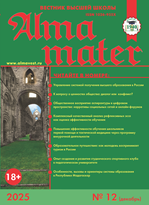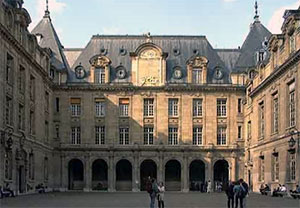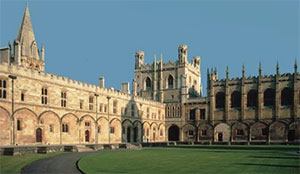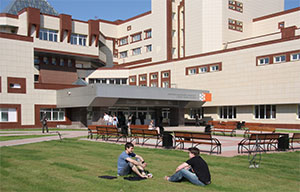V.S. Senashenko,
Dr. Sci. (Phys.–Math.), Prof.
E-mail: vsenashenko@mail.ru
T.B. Mednikova,
PhD student
E-mail: tmednikova@list.ru
Peoples’ Friendship University of Russia
Key words: US baccalaureate, undergraduate programs, bachelor degree, liberal arts education, academic and career-oriented directions.
1. Dolzhenko, O.V. University in Omega point. — M.: National institute of Business, 2010. — 504 p.
2. Danilovich, A. In search of own development model: reform of higher education in post-Soviet expanse // Alma mater (Vestnik vysshei shkoly). — 2012. — No. 12. — P. 9.
3. Frolov, A.V. Reformation of innovation system of the USA: from STEM into STEAM-education // Alma mater (Vestnik vysshei shkoly). — 2013. — No. 1.
4. Aud, S., Wilkinson-Flicker, S., Kristapovich, P., Rathbun, A., Wang, X., and Zhang, J. The Condition of Education 2013 (NCES 2013-037). U.S. Department of Education, National Center for Education Statistics. Washington, DC. Retrieved — [URL]: http://nces.ed.gov/pubsearch
5. Craig, C. The specificity of American Higher Education // Comparative Social Research. — 2000. — Vol. 19. — P. 47—81.
6. Choy, S.P., Bradburn, E.M. Ten Years After College: Comparing the Employment Experiences of 1992–93 Bachelor’s Degree Recipients With Academic and Career-Oriented Majors (NCES 2008-155). — Washington DC., National Center for Education Statistics, Institute of Education Sciences, U.S. Department of Education, 2008.
7. Education USA. — [URL]: http://www.educationusa.info
8. Yale college. — [URL]: http://yalecollege.yale.edu/
9. [URL]: http://www2.ed.gov/about/offices/list/ous/international/usnei/edlite-index.html
10. Brint, St., Riddle, M., Turk-Bicakci, L., Levy, Ch. S. From the Liberal to the Practical Arts in American Colleges and Universities. Organizational Analysis and Curricular Change // The Journal of Higher Education. — 2005. — Vol. 76. — No. 2.
11. [URL]: http://www.brown.edu/academics
12. [URL]: http://web.mit.edu/
13. [URL]: http://www.stanford.edu/academics/departments.html
14. Образование в Российской Федерации. — М.: НИУ Высшая школа экономики, 2012.
15. The White House Blog, Science and Engineering Indicators 2010: A Report Card for U.S. Science, Engineering, and Technology. — [URL]: http://www.whitehouse.gov/blog/2010/01/18/science-and-engineering-indicators-2010-a-report-card-us-science-engineering-and-tec
16. Korsunov, V.I. Poly-cultural aspect of training lecturers: experience of the USA // Alma mater (Vestnik vysshei shkoly). — 2009. — No. 8. — P. 48-54.
17. Johnstone, D.B. The System of Higher Education in the USA: structure, management, financing // University management. — 2003. — No. 5—6 (28). — P. 92—102.
18. [URL]: http://www.college.harvard.edu/icb/icb.do
19. Larsen, J.E. The role of the humanities in the Bologna idea of a university: learning from the American model // Revista Española de Educación Comparada. — 2006. — No. 12. — P. 309—327.
20. Ang, S.B. “American standard”: educational environment, training process, evaluation of success (an inside view) // Higher education in Russia. — 2012. — No. 10. — P. 126.











.png)






